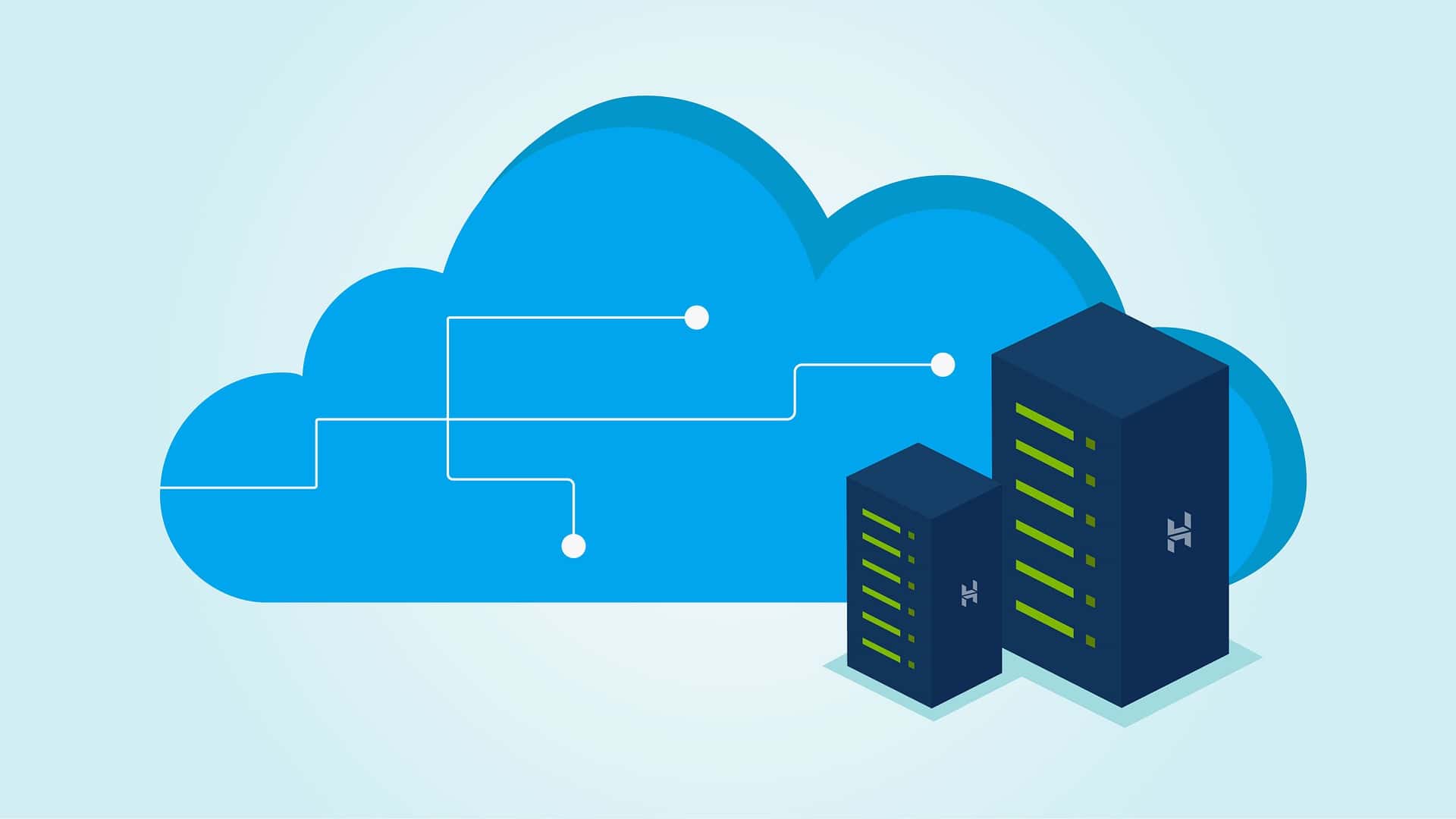Even though cloud hosting is more popular than ever, the global cloud migration is still ongoing, with tens of thousands of companies moving their operations to the cloud every month. Contrary to the widespread belief, not all clouds are public clouds. In fact, the most popular type of cloud integration is hybrid, achieved through the process called virtualization.
Virtualization refers to the process of separating on-premise hardware resources from a cloud-based environment — creating a hybrid server as a result. Hybrid servers keep the benefits of having access to a dedicated server and combine it with all the advantages that a cloud can offer.
With virtualization, you can partition and isolate your server to create multiple virtual environments out of a single physical system. This might let you separate services into better environments, create additional backups, have complete control over data security (keep certain data off the cloud), and more.
In a hybrid server, you can store some of your most sensitive content on premises and the rest in the cloud, or use the hardware server to do all the heavy lifting with your web application while delegating more lightweight tasks to the cloud. Since both environments are integrated, end users wouldn’t know which one is in use at any given moment.
As more and more companies are considering hybrid servers as ideal options for their cloud computing needs, here are five more not-so-obvious reasons for bringing a hybrid environment to your organization.
1. Simplify IT Management
Building out on-premise server infrastructure is a costly and complex process, often requiring a dedicated DevOps team to manage it. Moving non-critical content to the cloud frees up hardware, monetary as well as human resources to focus on moving the business forward instead of managing servers.
While some businesses might choose to virtualize on-premise dedicated hardware, hybrid servers are still most commonly provided by third-party hosting companies and, as such, are fully managed, with a predictable monthly cost for enterprise-grade services. Calculate the TCO (total cost of ownership) of your on-premise servers (capital costs with ongoing management) and compare them to a quote from a top hybrid server provider to get a sense of the price difference.
2. Achieve Complete Software Flexibility
When you have access to a hybrid server, you can completely control your software environment. For example, why not run certain apps on the hardware server for high speed and reliability while keeping other non-critical tasks in the virtualized environment? In other words, you can get the best of both worlds.
Mobile access, without connecting to a physical machine, also becomes possible in a hybrid environment, which means that anyone can access data they need to work from anywhere.
3. Ace Your Backup Strategy
The virtualized environment of a hybrid server provides much more flexibility when it comes to creating a robust backup strategy as well.
You can mirror your backups to geographically diverse data centers for additional redundancy. At the same time, since your data is also kept at the hardware server location, recoveries of large datasets in case of emergencies are as fast as they can be. As a result, guaranteed uptime can often scale by adding a few more 9s to the 99.9% standard. For systems where real-time availability is critical, these numbers could be added to the overall TCO and included as additional savings with a hybrid environment.
4. Maintain Top Security Standards
Even though public clouds offer a variety of enticing benefits, some organizations simply can’t use them because they might not be compatible with the required security regulations, such as HIPAA.
For businesses that can’t migrate all their content to the cloud, a hybrid environment presents a perfect solution, which allows to keep certain data on premises, following the regulations, while still getting all the benefits of the cloud.
5. Retain Hardware Control
Shared or public cloud hosting are often associated with performance issues, “noisy neighbor” problems, and average reliability. Dedicated servers, on the other hand, often face downtime due to maintenance and make system updates more difficult. Using a hybrid server lets companies avoid both of those problems. Most updates can happen automatically with the cloud-based environment still running.
Another important aspect of hybrid servers is their scalability. Anything that can’t be handled by an on-premise server can be transferred to a cloud as needed, without changing the underlying hardware, which can be especially valuable to short-term workload spikes — only pay for the cloud resources you use while you use them.
Discuss Your Hybrid Server Options Today
If you’ve got a complex on-premise server setup, migrating to a hybrid environment might seem like a daunting task. It doesn’t have to be — technicians at M5 Hosting would be happy to discuss the most optimal hybrid server solutions for your needs and assist you all the way through the migration process. Give us a call today!



